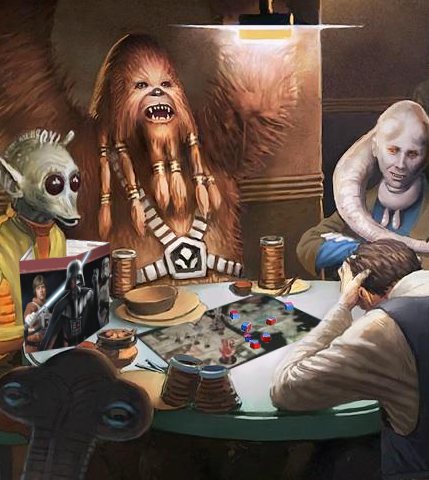
Hello and welcome again to The Force Does Not Throw Dice, the ETE feature devoted to tabletop roleplaying games in the galaxy far, far away. This time we are going to be tackling the topic that won a poll I conducted on Twitter months ago: emotions in roleplaying games. We are going to be chatting about how to go beyond the usual hack-n-slashing fare and construct an emotionally satisfying experience.
So first I’m going to define what I mean with emotional roleplaying. I’m not just talking about good roleplaying, about the ability that good GMs and players have to have their character fake emotions (although this is a prerequisite, as we’ll see below) but about the ability to evoke an emotional reaction from the players themselves, just like a novelist tries to evoke emotions from their readers. Emotion is very important to storytelling and RPGs are, after all, shared storytelling.
This is honestly not an easy topic to tackle and I’ve been reluctant to write a piece about it, because in my opinion there are few things as personal as emotion. For all the speeches that exalt emotion as a universal experience—that can even be a bit ableist, to be honest—the truth is that whatever my personal definition of “love” or “sadness” is, it probably has little to do with yours. We are getting into the realm of the abstract so we gotta tread very carefully: the best we can do is try to make our games more evocative, more resonant, more emotionally rich, but we have to remember that a game table is not a novel: trying to force the players’ emotional response is either going to make us fall into the insidious trap of railroading or create the most melodramatic, clichéd grub. And we are better than that! Hopefully!
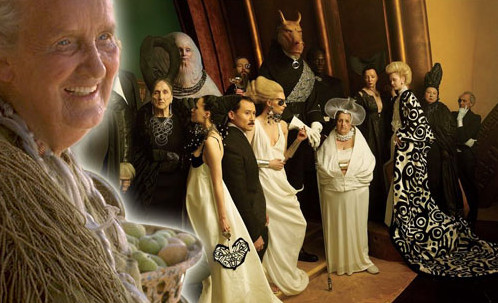
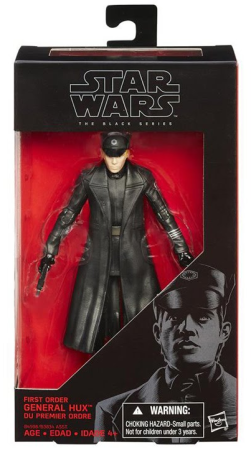 Our fandom is rarely without some kind of controversy. It’s been like this since the times of message board wars and it feels like social media has only exacerbated this tendency towards grabbing pitchforks and torches that we often show. Sometimes these controversies become full-blown online wars (just look “Reylo” up on Google), sometimes they just fizzle down after a couple of annoyed grunts, and sometimes they actually become polite discussions. A couple of weeks ago one of the latter happened when Florian from
Our fandom is rarely without some kind of controversy. It’s been like this since the times of message board wars and it feels like social media has only exacerbated this tendency towards grabbing pitchforks and torches that we often show. Sometimes these controversies become full-blown online wars (just look “Reylo” up on Google), sometimes they just fizzle down after a couple of annoyed grunts, and sometimes they actually become polite discussions. A couple of weeks ago one of the latter happened when Florian from 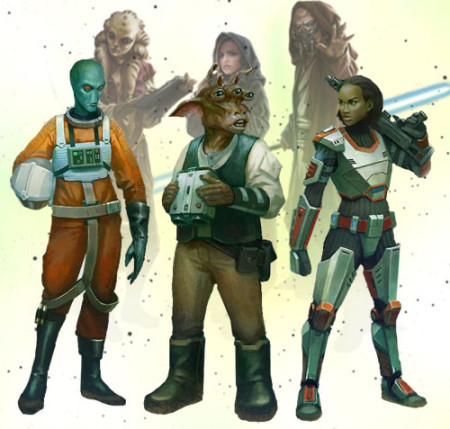
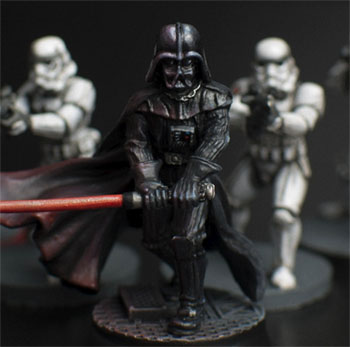 Hello and welcome again to The Force Does Not Throw Dice, the very irregular ETE feature devoted to tabletop roleplaying games in the galaxy far, far away. It’s been a long time since my last piece but, after seeing the warm reception that my Star Wars RPG tweets usually get, I’m going to try to change things around and turn this into a more regular feature. So expect more RPG rants in the near future!
Hello and welcome again to The Force Does Not Throw Dice, the very irregular ETE feature devoted to tabletop roleplaying games in the galaxy far, far away. It’s been a long time since my last piece but, after seeing the warm reception that my Star Wars RPG tweets usually get, I’m going to try to change things around and turn this into a more regular feature. So expect more RPG rants in the near future!